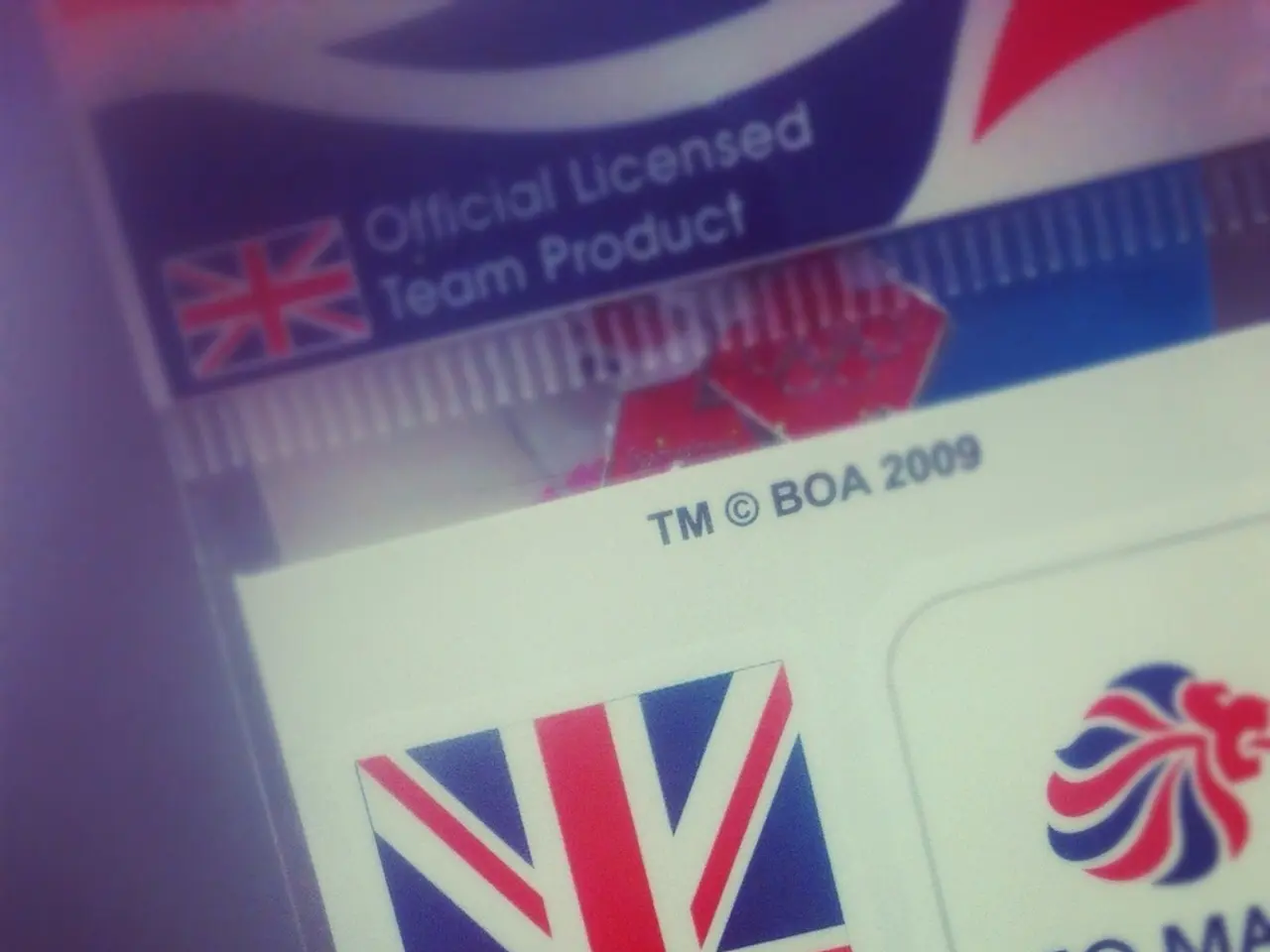Healthcare entities should initiate their zero-trust strategies by focusing on identity management.
In the ever-evolving landscape of cyber threats, healthcare organizations are increasingly becoming targets for cyberattacks, with patient data being a valuable prize. To combat this, a zero-trust identity strategy is gaining traction as a potential solution.
Zero trust, a security concept that treats every user, device, application, and connection as untrusted until authenticated and authorized, can help solve the problem of weak identity strategies in healthcare. Implementing a zero-trust identity strategy in healthcare requires a comprehensive approach that addresses identity accuracy, continuous verification, segmentation, and regulatory compliance, all while considering the complexity of healthcare environments.
Key components and considerations include:
1. **Accurate and Unified Identity Management** Ensuring correct identity association is foundational. All patient data must be accurately linked to the right individual to build trust and prevent errors such as data mix-ups between patients. Employing healthcare master data management solutions enhances identity intelligence and governance controls, enabling precise access to sensitive health data and reducing risks of misidentification.
2. **Continuous Authentication and Authorization** Zero trust treats every user and device as untrusted until authenticated and authorized continuously, not just at initial access. Healthcare organizations must adopt real-time identity verification measures that constantly revalidate credentials and permissions, considering dynamic contexts like location, device state, and behavior anomalies.
3. **Segmentation and Risk-Based Access Controls** Network and data segmentation limits lateral movement inside the network, reducing exposure in case of compromise. Controls should enforce role-based and risk-based access to ensure that users and devices only have the minimum privileges necessary for their tasks.
4. **Proactive Vendor and Third-Party Risk Management** Healthcare systems are increasingly interconnected with devices and third-party vendors, creating additional vulnerabilities. Stricter audits, enforceable compliance contracts, and continuous monitoring of third parties are essential to reduce risks from external connections.
5. **Human Element and Privacy-First Culture** Regular staff training, simulations, and fostering a privacy-first mindset across all organizational levels mitigate risks from human error and insider threats. Transparent communication with patients — such as offering them dashboards where they can view and control access to their data — builds trust and accountability.
6. **Regulatory Compliance and Data Protection** The zero-trust approach helps healthcare providers meet rigorous regulations like HIPAA by embedding security at every layer and ensuring sensitive patient information is rigorously protected. Organizations must ensure their identity and access management systems comply with evolving legal frameworks and data protection standards.
Adopting a zero-trust identity strategy can significantly reduce cyber risks, protect patient data, ensure continuity of care, and foster patient trust through transparency and accountability. With the complexity of healthcare environments, partnering with experienced providers like CDW, who offer advisory services, professional services, products, and managed services to address each component of the zero-trust model for healthcare organizations, can be a strategic move.
- To safeguard healthcare organizations from cyber threats, embracing a zero-trust identity strategy is crucial.
- Zero trust is a security concept that regards every entity with suspicion until proven otherwise, acting as a potential remedy for weak identity strategies in the healthcare sector.
- Accurate and unified identity management is paramount in healthcare, ensuring correct patient data association.
- Healthcare master data management solutions can enhance identity intelligence and governance controls to build trust and minimize misidentification.
- Embracing continuous authentication and authorization is essential as it revalidates credentials and permissions in real-time.
- Network and data segmentation can limit the spread of cyberattacks within healthcare networks.
- Role-based and risk-based access controls should be enforced to provide minimal necessary privileges.
- Proactive management of vendor and third-party risks is crucial to eliminate external vulnerabilities in interconnected healthcare systems.
- Implementing a zero-trust identity strategy requires constant training and simulations to mitigate risks from human error.
- Weekly team meetings can reinforce a privacy-first mindset and address concerns related to secure data handling.
- Offering patients access to comprehensive data dashboards can build trust, accountability, and transparency in the handled data.
- Adhering to rigorous regulations like HIPAA becomes more manageable with the zero-trust approach, by embedding security at every layer.
- Cultivating a culture of workplace wellness and health-and-wellness initiatives could contribute to a motivated workforce, thus protecting patient data efficiently.
- Establishing a team dedicated to mental-health therapies and treatments can help create a conducive work environment.
- Promoting nutrition education among employees may result in a fitter and more productive workforce.
- Fitness-and-exercise programs can help alleviate work-related stress and improve overall employee well-being.
- Furthermore, better personal-finance management can positively impact mental-health and productivity, benefiting both employees and organizations.
- Cooking lessons and catered meals can contribute to improving employees' food and drink habits, leading to increased workplace satisfaction and reduced healthcare costs.
- A range of effective leadership development programs can empower employees, instilling greater initiative and collaboration across departments.
- To mitigate liability risks in a diverse and inclusive workplace, implementing diversity-and-inclusion training could be critical, fostering an environment that celebrates diversity in all its forms.




